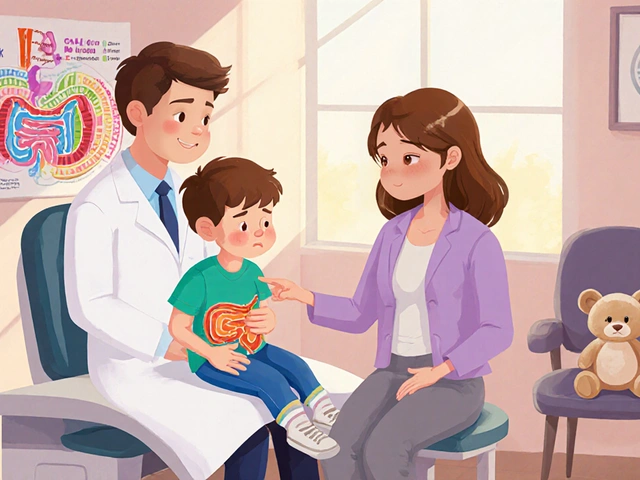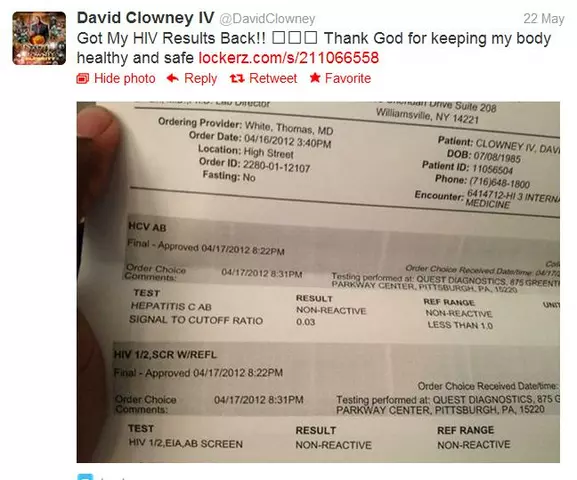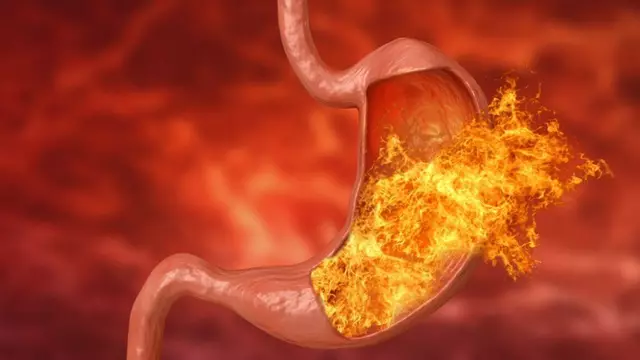FDA Approval: What It Means and Why It Matters for Your Medications
When you see FDA approval, the official clearance from the U.S. Food and Drug Administration that a drug is safe and effective for its intended use. Also known as drug authorization, it means the medication has gone through years of testing, data review, and real-world risk analysis before hitting shelves. This isn’t bureaucracy—it’s your safety net. Every pill, injection, or patch you take that’s labeled FDA-approved has been held to a standard most countries don’t even try to match.
The drug approval process, the multi-phase system the FDA uses to evaluate new medications before they reach patients isn’t quick. It starts with lab tests, moves to small human trials, then expands to thousands of people over years. Companies must prove their drug works better than a placebo and that the risks don’t outweigh the benefits. If side effects are too common or severe, the FDA blocks it. That’s why you don’t see random new weight-loss pills or miracle cures on pharmacy shelves—most never make it past the first stage.
pharmaceutical regulation, the system of laws and oversight that ensures drugs are manufactured, labeled, and sold safely doesn’t stop at approval. The FDA keeps watching. If a drug causes unexpected harm after launch—like liver damage or dangerous interactions—it can be pulled or get a black box warning. That’s why some of the posts here talk about checking for interactions between steroids and NSAIDs, or how nitrofurantoin might affect your thyroid. These aren’t random concerns—they’re exactly the kinds of risks the FDA tracks after approval.
You’ll find posts here that compare drugs like Tadalista Super Active and Fildena Strong, or look at alternatives to Trim Z and Dapasmart. Each one touches on something the FDA cares about: how these drugs perform in real people, how they stack up against each other, and whether their benefits are worth the side effects. Even herbal supplements like Slimonil or Mahasudarshan Churna get mentioned because people are using them—and the FDA needs to know if they’re safe alongside prescription meds.
FDA approval doesn’t mean a drug is perfect. It means it’s been tested enough to be trusted under medical supervision. That’s why knowing how to read a drug label, understanding side effects, and asking your doctor about alternatives matters. The posts below give you real comparisons—not marketing fluff—so you can make smarter choices. Whether you’re managing diabetes, ED, or chronic pain, you’re not just taking a pill. You’re using a tool that passed one of the strictest screens in medicine. Know what that means, and you’ll know how to use it right.
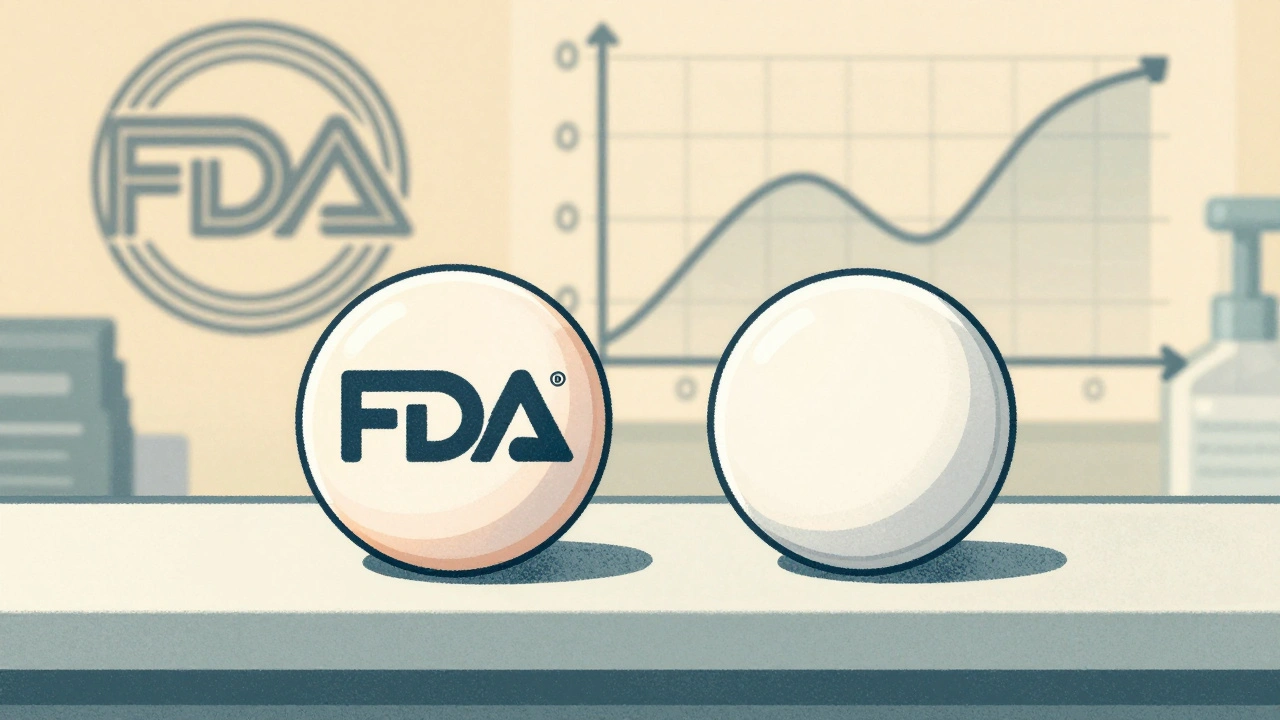
- Dec 10, 2025
- Posted by Cillian Osterfield
Quality and Efficacy: Are Authorized Generics as Good as Brands?
Authorized generics are the exact same medication as brand-name drugs, made in the same factory with identical ingredients. Learn why they're just as effective, how much you can save, and how to ask for them at the pharmacy.
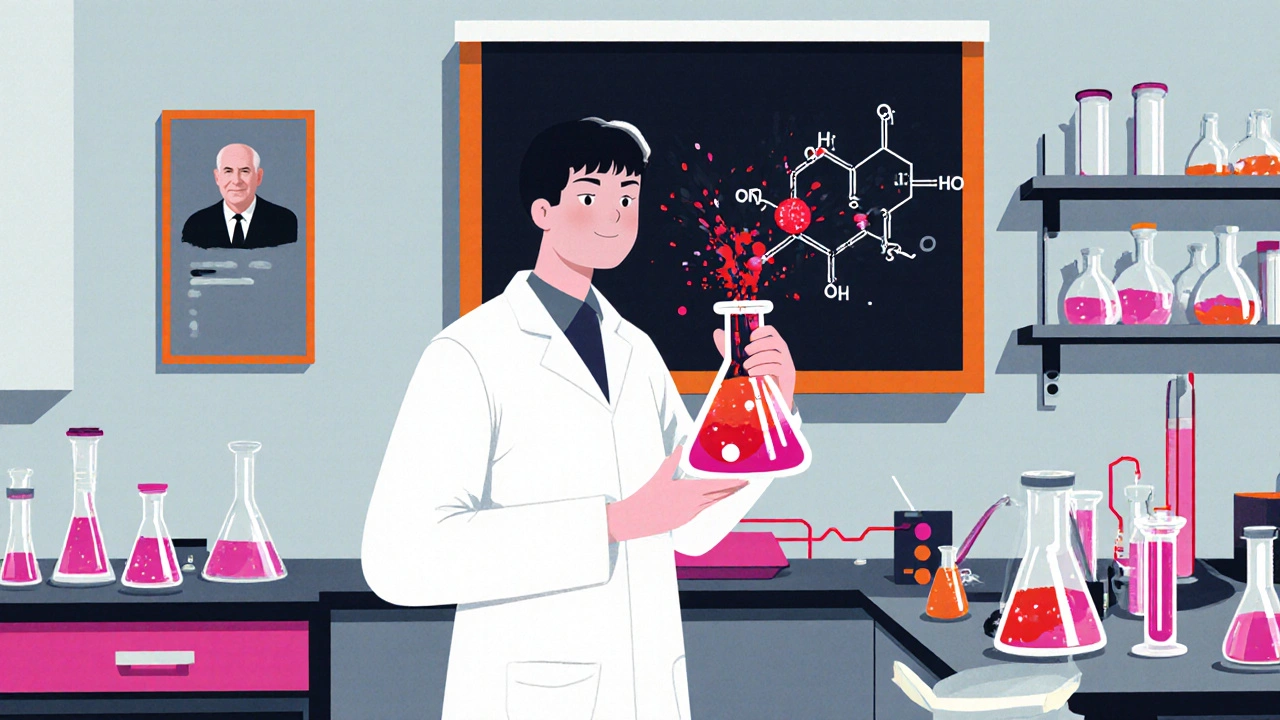
- Oct 21, 2025
- Posted by Cillian Osterfield
Domperidone History: Discovery, Development & Medical Use
Explore domperidone's journey from 1970s discovery to modern medical uses, safety concerns, and how it compares with other prokinetics.
Categories
- Health and Wellness (57)
- Medications (39)
- Health and Medicine (22)
- Pharmacy Services (10)
- Mental Health (5)
- Health and Career (2)
- Medical Research (2)
- Business and Finance (2)
- Health Information (1)
Latest Posts
©2025 heydoctor.su. All rights reserved


